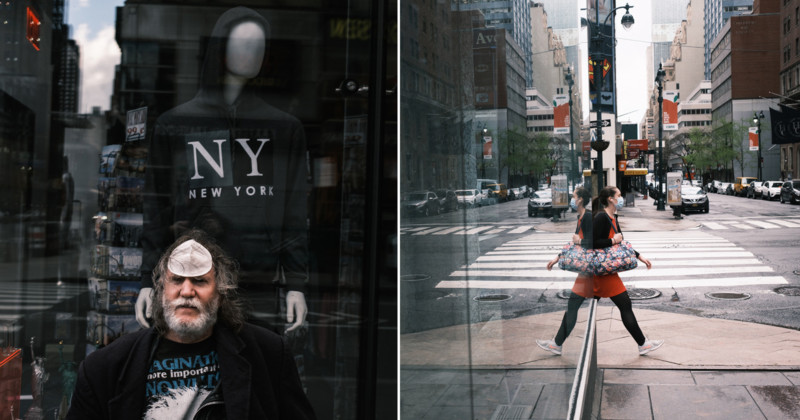
Every time Fuji releases a new camera I feel like this is the generation that will let me leave Canon behind. I had the same hopes and eventual disappointments with the XT2 and the XT3. Inevitably, I would realize full frame always beats out crop frame, that high ISOs and battery life can’t be matched, that Fuji was just not good enough to beat my Canons.
But none of this was the real problem. The problem was me.
Shooting with the X100v is a breeze. It feels like an extension of the eye and of the hand. Its autofocus is snappy, the buttons feel good, it’s so light it’s hardly there. I find myself taking chances and landing them. Some photos are out of focus and yet it doesn’t matter. Shooting in classic negative, the pictures seem like old memories magically appearing in an instant.
Real time nostalgia. The magic of photography, simultaneously freezing time and making you aware of it, methodically placing the present in the past.
I once met a photographer who only shot with a 35mm lens and I never really understood it. I never felt the way he did with my Canon and the insanely good 35 f/1.4 II. It was just too heavy, too long – dare I say – too shallow. Yet the 35 on the X100v feels familiar and at home. It feels effortless and a natural way of seeing.
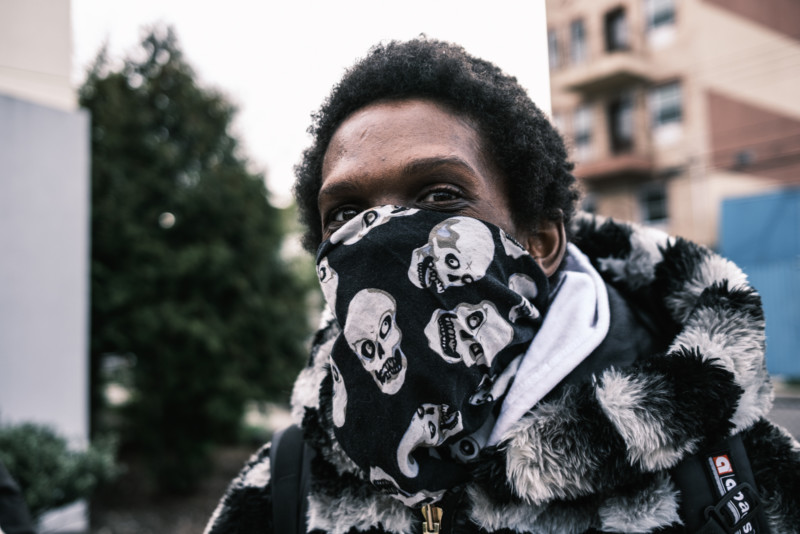
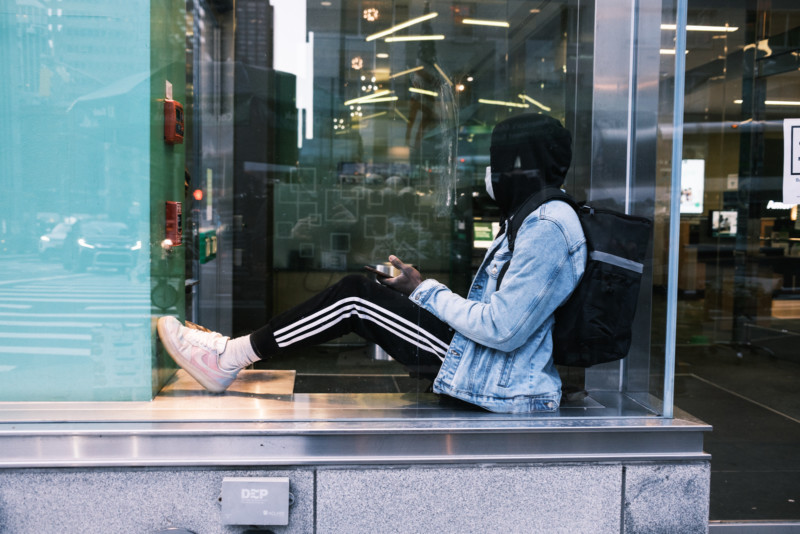
A lot of the kinks have been worked out since my last X100 series camera, the X100s in 2011. That camera was beautiful and took great photos, I remember being amazed at the colors of the jpgs straight out of the camera and how little I needed to do to them. But it would also freak out and miss focus stopped down in the middle of the day, which I forgave in the spirit of “slowing down,” a nice way of saying you don’t like things working painlessly.
To be fair the X100s was a reminder to shoot simply, not to overcomplicate. This is the lasting ethos of the Fuji cameras for me, the type of camera I would take on a long trip or on a short walk, or the desert island fantasy gear set up (along with 1,000 batteries). The Fujis have a soul and remind me that I have one too.
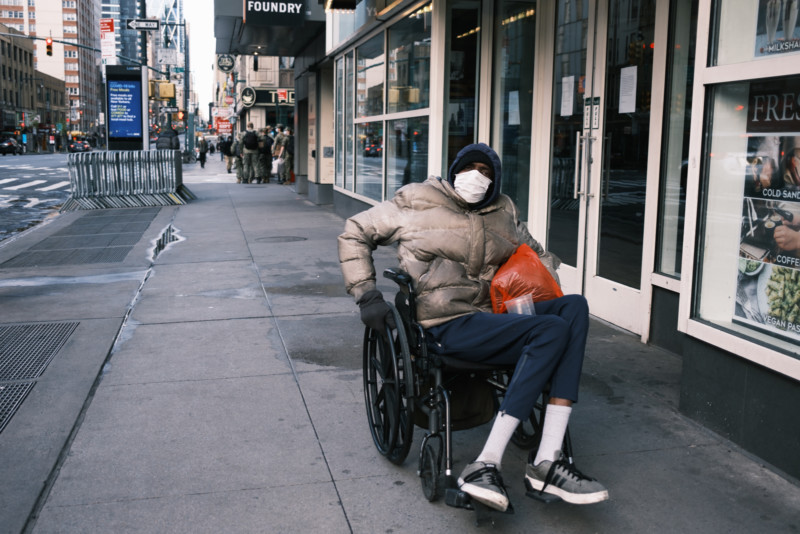
Sometimes I take the XT3 along on bigger shoots with lights and stands and setups just to
remind myself to shoot with a 50mm by a window. Usually, that shot doesn’t make it to print, but it serves as a humble reminder not to overthink. A reminder not to get too lost in settings, focal lengths, adjustments. And that’s the irony of the little X100v, now with classic negative.
I used to play with presets on VSCO, dutifully degrading the raw image to make it feel human, whether shooting on an iPhone or a Fuji. Now, with this simulation, it feels like I don’t have to think anymore—I just press the button and turn the dials and get what I get.
Overexposed and underexposed sometimes just works as is, no need to “fix” it. That’s what we all loved about film, right? The happy accidents.
One time the teeth of the advance gear ate through my roll of film and the footage got split between Massachusetts and Hong Kong, resulting in imperfectly double exposed pictures. Some frames were split over two others and the result was neon signs over frozen puddles, city chaos over rural singing birds at dusk, it was the best I could have asked for from either of those places. It was better than asking, it was just receiving the blessings of the film gods.
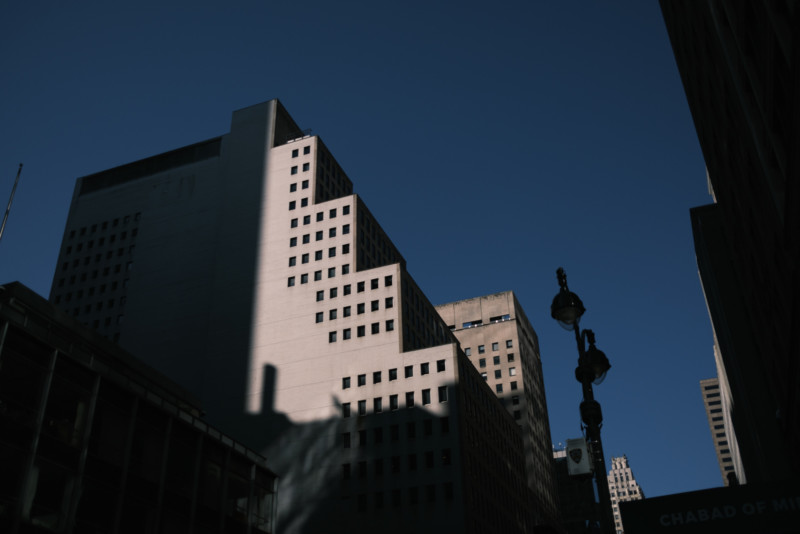
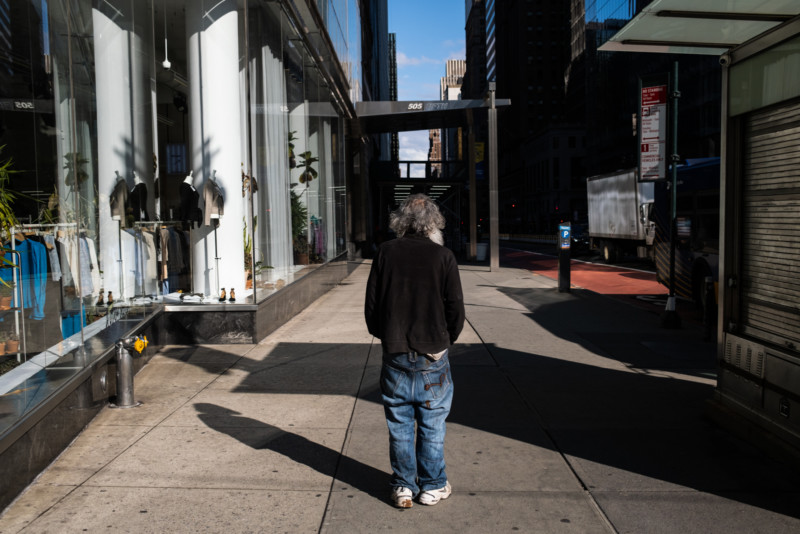
Now this camera is not as surprising, let’s be honest. It’s still a digital camera. But when I look through the viewfinder, I like what I see. The world feels a little more cinematic, the shadows and highlights more interesting, shapes more alluring. It reminds me of Garry Winogrand’s quote “I photograph to see what the world looks like photographed.”
Fuji has won me over with the EVF, which seemed blasphemous when it first came out. The world actually does look like a movie with the film simulation overlayed over reality. Now I realize this is what I was looking for all along—it wasn’t just cleaner high ISO or endless battery power, it was a connection to what I was seeing.
Where the Fuji falls short of a 5D, it makes up with soul. It evokes so much feeling that I can’t help but long for it in a way I will never feel about a DSLR. Now shooting with the 5DIV, I appreciate its natural, neutral way of being. The colors are faithful and true, but it feels lacking in character.
If there’s anything that Canon really excels at, it’s hardware: beautiful, durable and well thought out physical objects that are easy to learn and can be operated in extreme situations almost without thinking. The Fuji takes more time, more fiddling, but it has some kind of life in it that can’t be ignored.
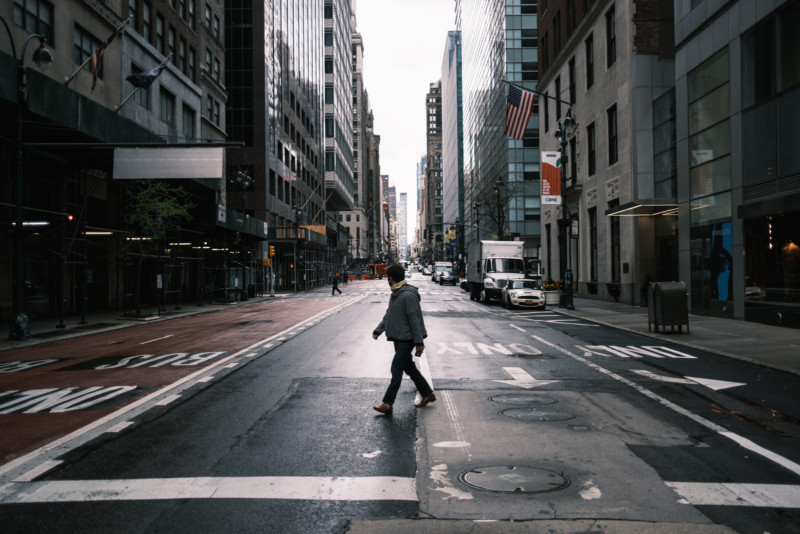

On days off and in between assignments I like wandering the streets to see what I can find, and a smaller camera has allowed me to walk farther and longer. I discovered this while covering the protests in Hong Kong, which some days included 15 miles of walking. Just switching from two 5DIVs to 2 XT3s made a huge difference the longer it went.
In New York, I’ve come to appreciate how stealthy the Fujis are. People react differently to them and I’ve been asked more than a few times if I’m shooting film, which seems to put people at ease.
My personal theory is that the act of looking at the back of a screen creates a specific kind of jealousy in the average pedestrian. They become angry because you are able to see them in a way they can’t. By photographing through the EVF I do not need to review the image, I know more or less that I’ve gotten it and if I really want to review it I can do it in the viewfinder. Sometimes I keep the camera to my eye as the person passes me and they eventually give up on the idea I’m photographing them and move on.
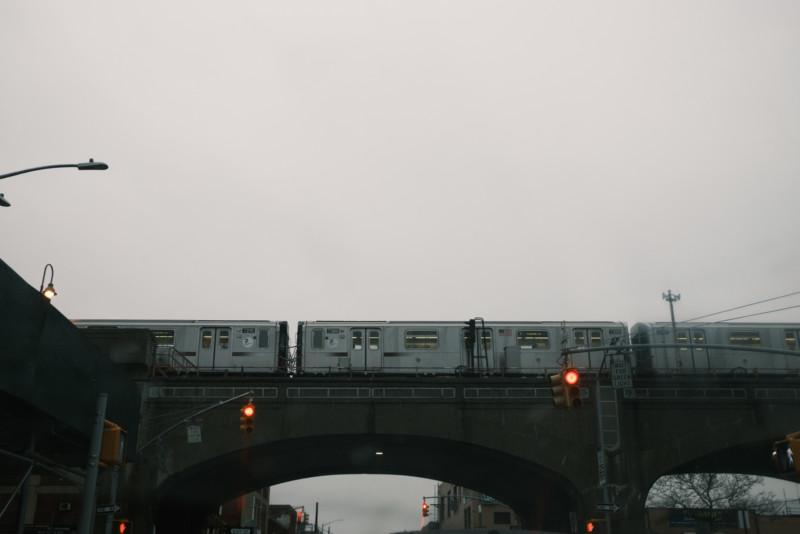
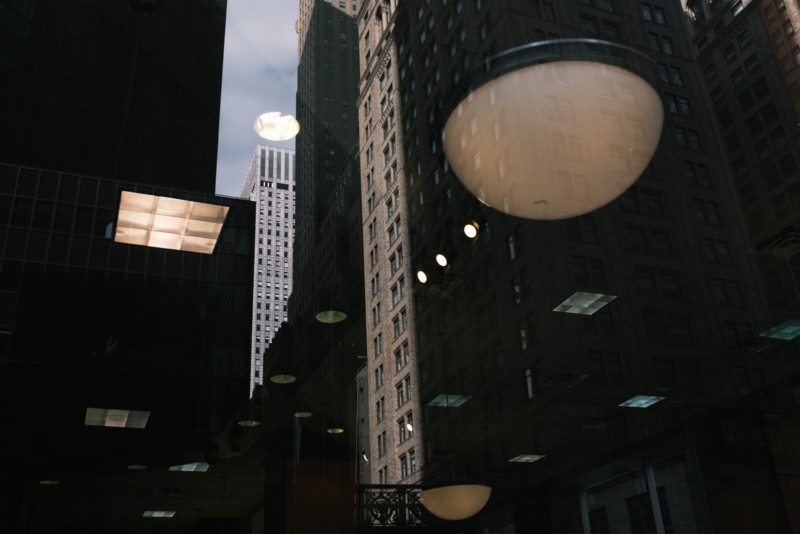
The flip screen has also been a surprisingly useful feature—being able to shoot reliably and discreetly from waist level is like a mind trick for modern street photography. The world seems to have internalized Susan Sontag’s idea of photographer as hunter, face obscured by the camera, and when one goes through that physical motion of raising a camera, people tense up.
Sometimes the person isn’t even looking, but their peripheral vision picks up the motion of a camera moving from chest height to eye level and they will immediately make eye contact, look away, walk away.
This is, of course, ironic in the days of constant surveillance—whether it be city controlled traffic cameras, police surveillance, local business cameras recording entryways, exteriors, interiors, tracking data and the average citizen constantly, FaceTiming, live videoing, or Instagramming. Out of all those digital predators, people are afraid of the lone street photographer pointing the camera at them, seeing what they cannot see.
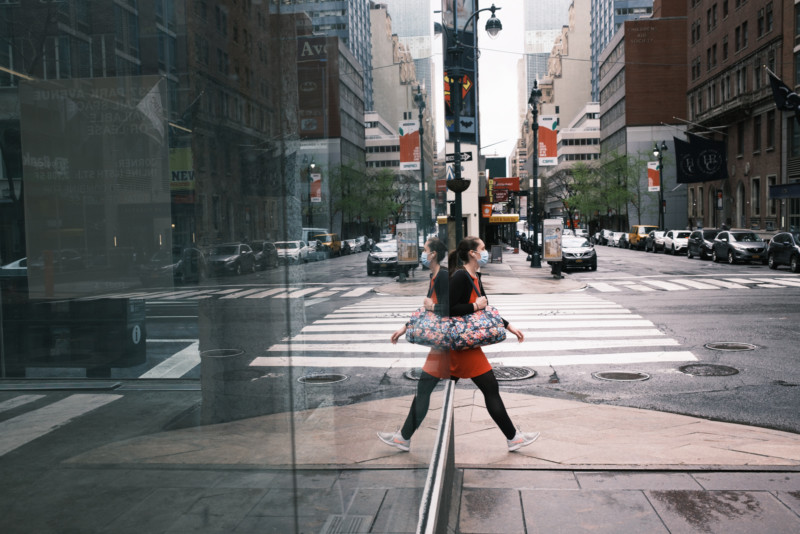
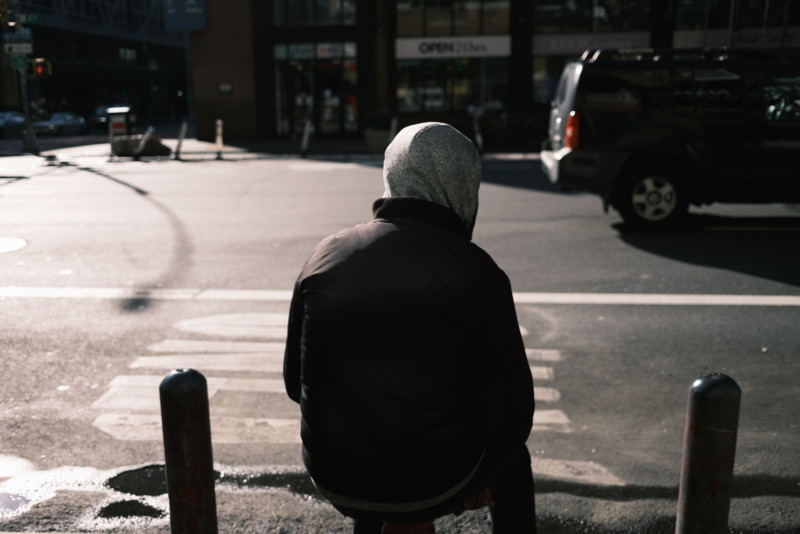
The flip screen is the strangest work around. People are so used to seeing others walk zombie-like through the city starting at their phone that they are virtually oblivious to a photographer, crook necked, looking down at a flip screen, snapping away.
I’m amazed at how close I can get before a sense of suspicion creeps in and even at that point how quickly people seem to dismiss me. There are even more elaborate ruses, holding a cell phone next to the camera looking lost, using the phone as a remote trigger, or just an old fashioned wire remote trigger like Walker Evans’ “Many Are Called.”
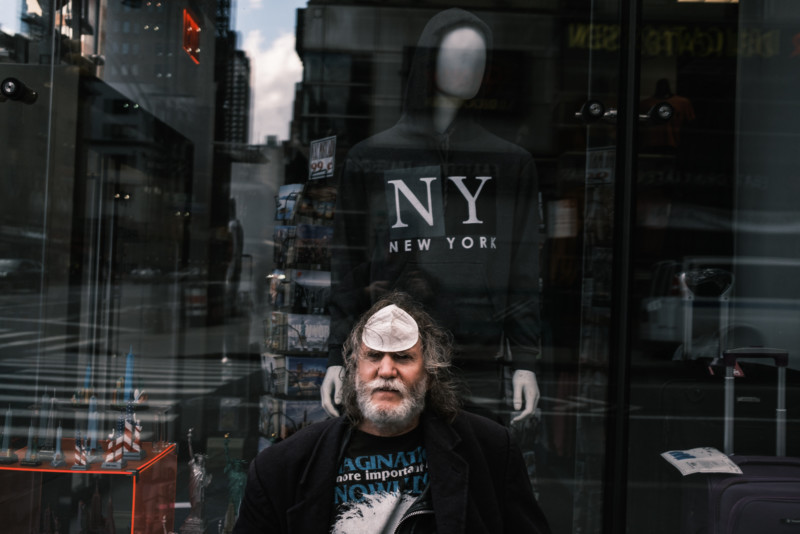
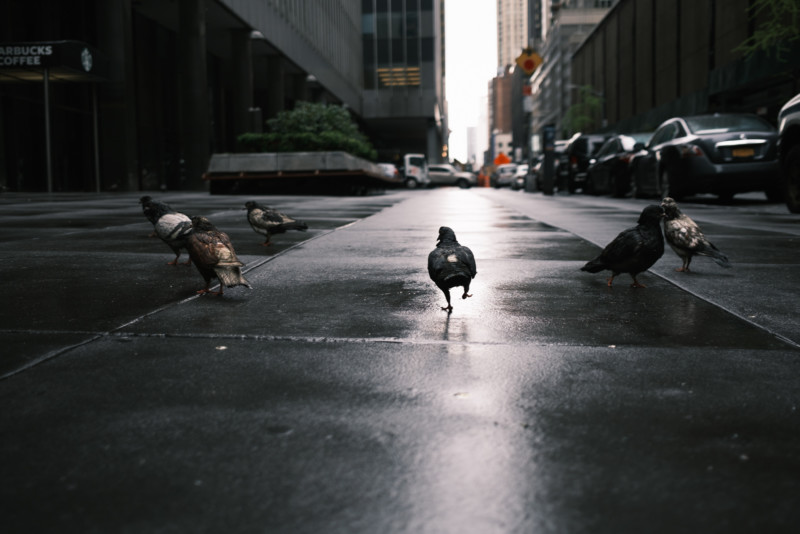
There is always a honeymoon period for me with any camera. The excitement and promise of a
new camera grows and then the feelings fade and the next thing comes along. While the older
cameras do not excite as they once did, they are used and worked until exhaustion. Recognizing the insanity of short product life spans, I began watching gear reviews of cameras I already owned, which is a reminder that I was once head over heels about the camera I already own.
I know that gear will only take us so far–in the end it’s just a tool to be used like any other. But some tools are more fun than others and the X100v feels less like a utilitarian workhorse (I hate that term). This feels like falling in love again.
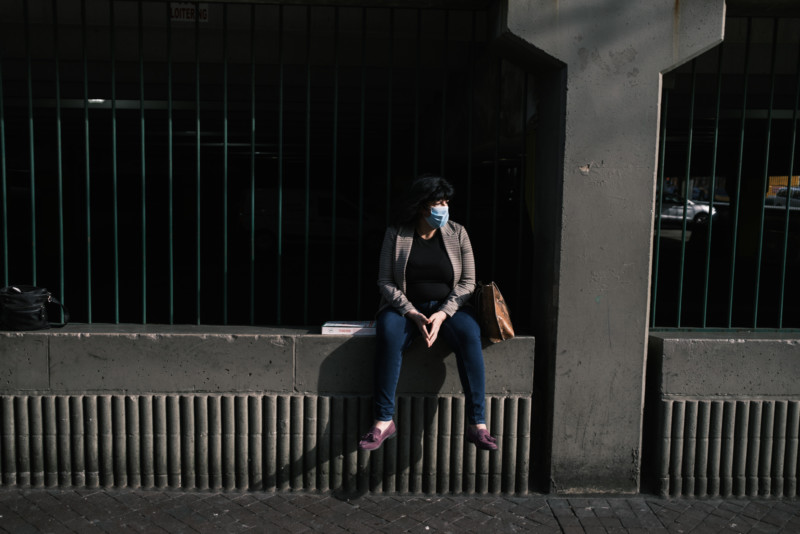
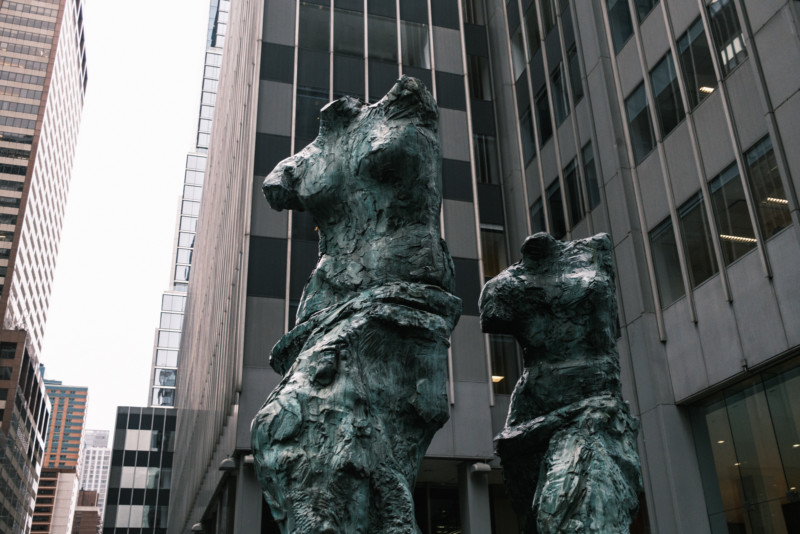
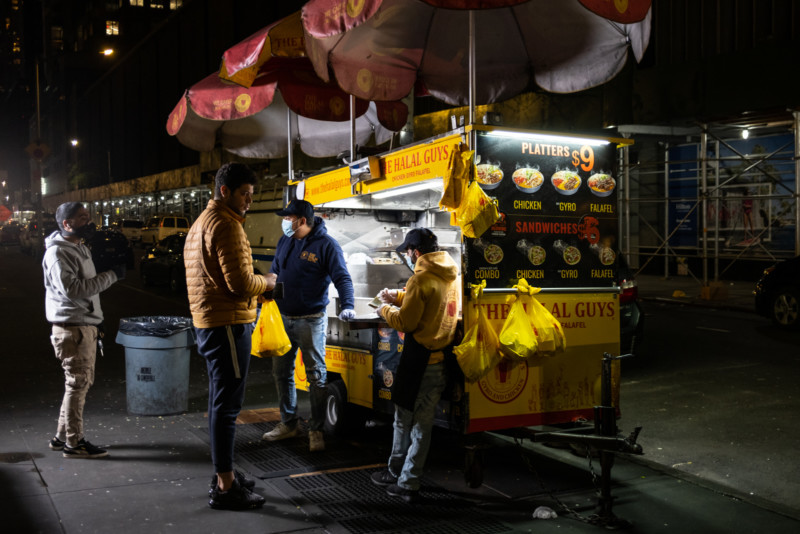
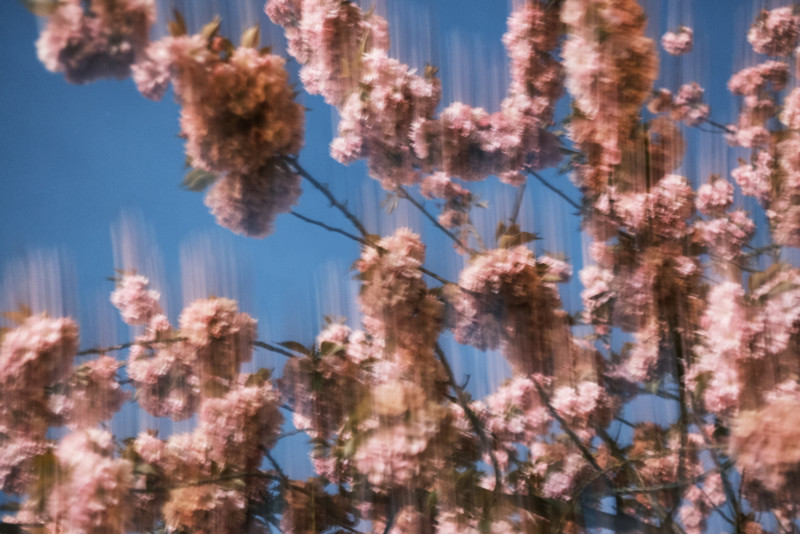
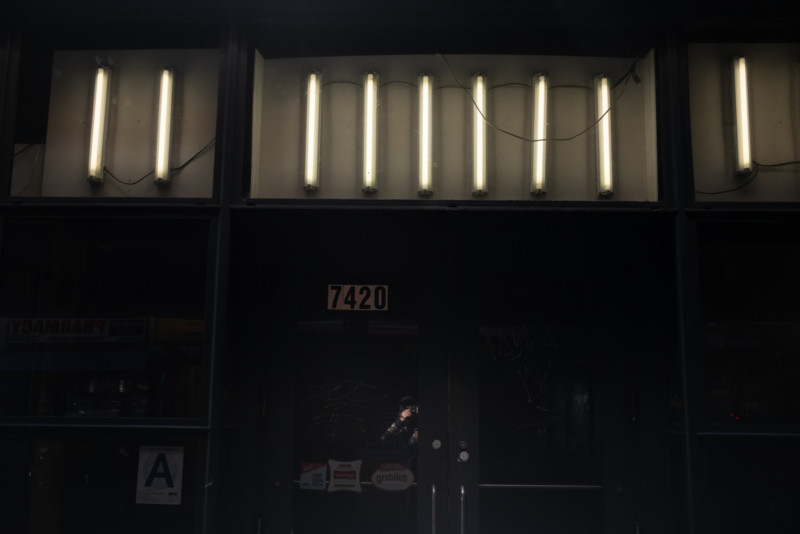
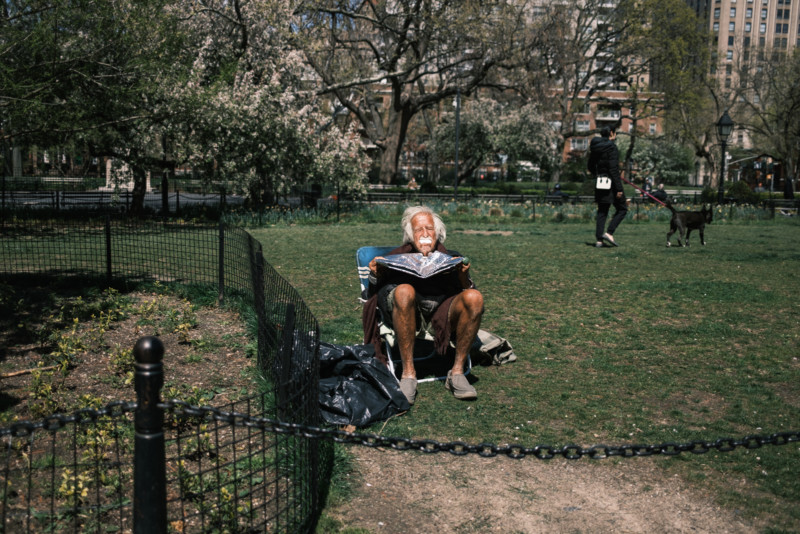
About the author: Stephen Yang is a freelance photojournalist from New York City. Along with covering day to day news and features in New York, he has spent time covering the Standing Rock Sioux Tribe in North Dakota, social uprisings in Hong Kong and Baltimore, and hurricanes in Florida and Puerto Rico.
Stephen’s work has appeared in The New York Post, The New York Times, Reuters, The Wall Street Journal, Der Spiegel, and Newsweek among others and his archive is syndicated by Redux Pictures. When not shooting, he is usually trying to find a better sandwich and spicy Chinese food. You can see Stephen’s work on his website and Instagram.